Fossil hunting along the Mississippi River
By Maricio Madrigal, Saint Paul Right Track Intern
Shadow Falls Park has an amazing trail to explore for fossils and learn about the geological history of the Mississippi River. You can find fossils in the shale bed alongside the trail. You’ll find a wide range of different fossils such as Brachiopods, Pelecypods, Crinoids, and more! Brachiopods are shells that vary in their size and texture. Pelecypods are fossilized clams that are somewhat like Brachiopods, however they lose most of their texture due to fossilization. Crinoids are gear-like fossils from the stems of underwater lilies growing from the sea floor. Remember, when you explore Shadow Falls, please do not take any fossils from the site. They are educational and recreational resources for all to enjoy!
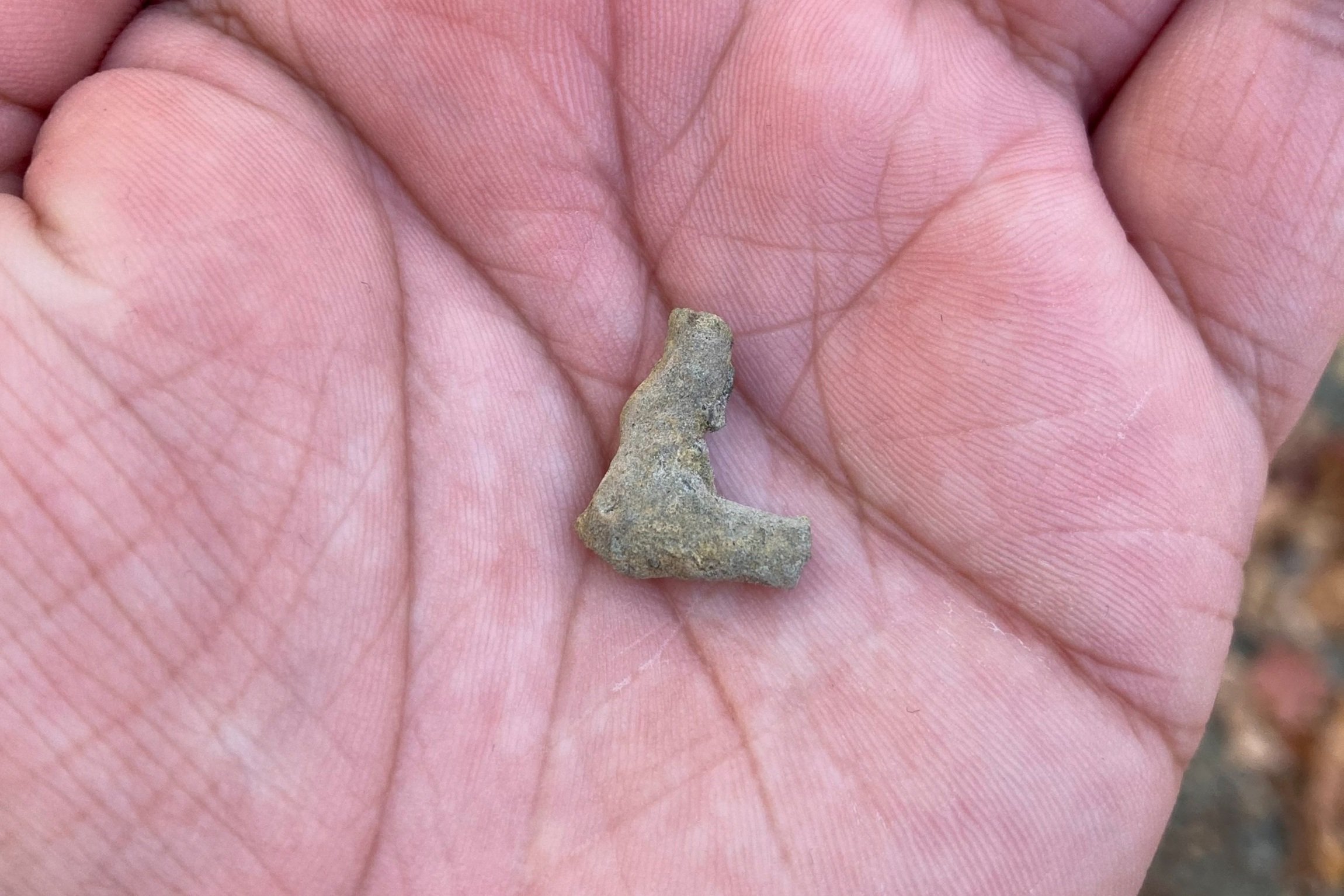
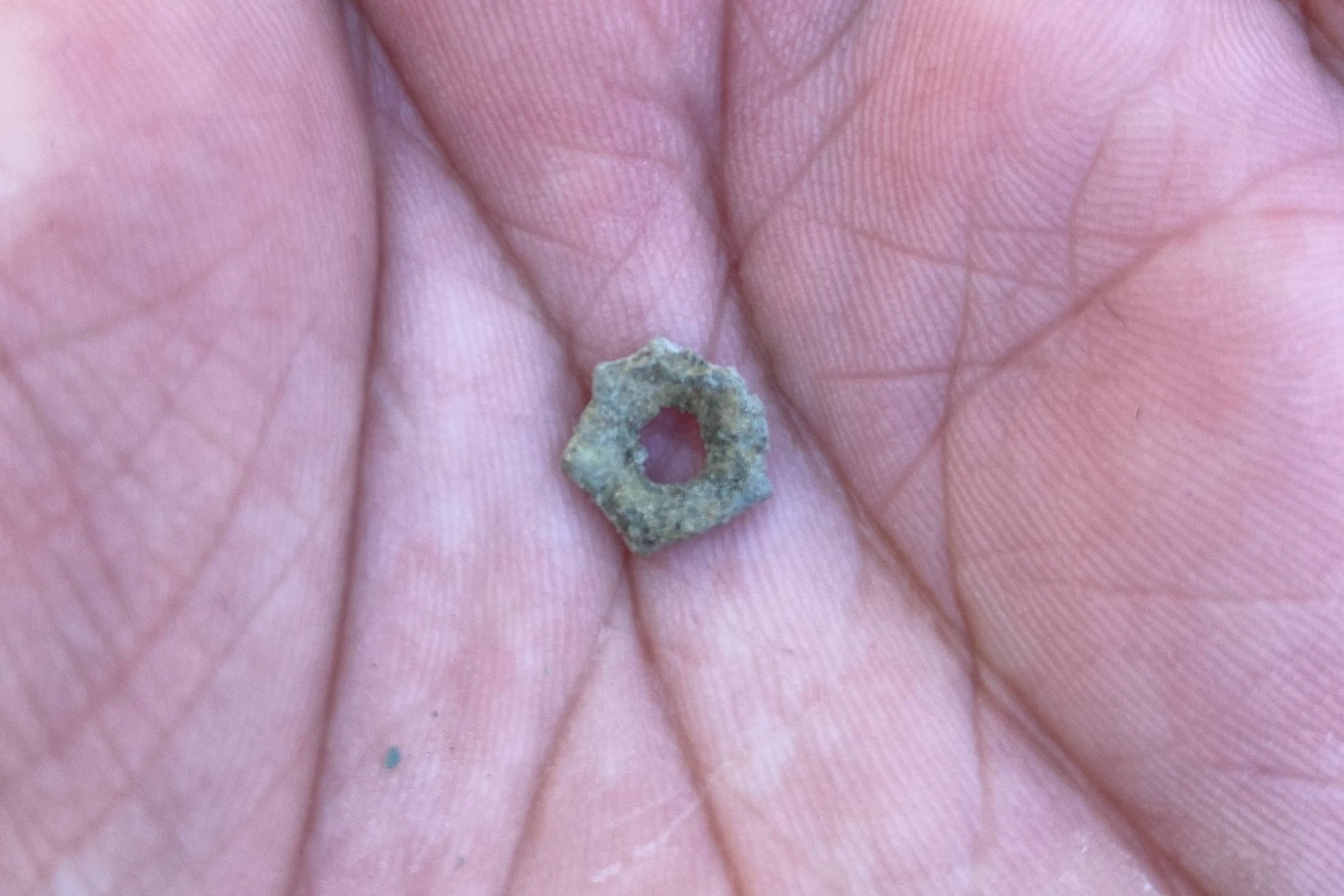
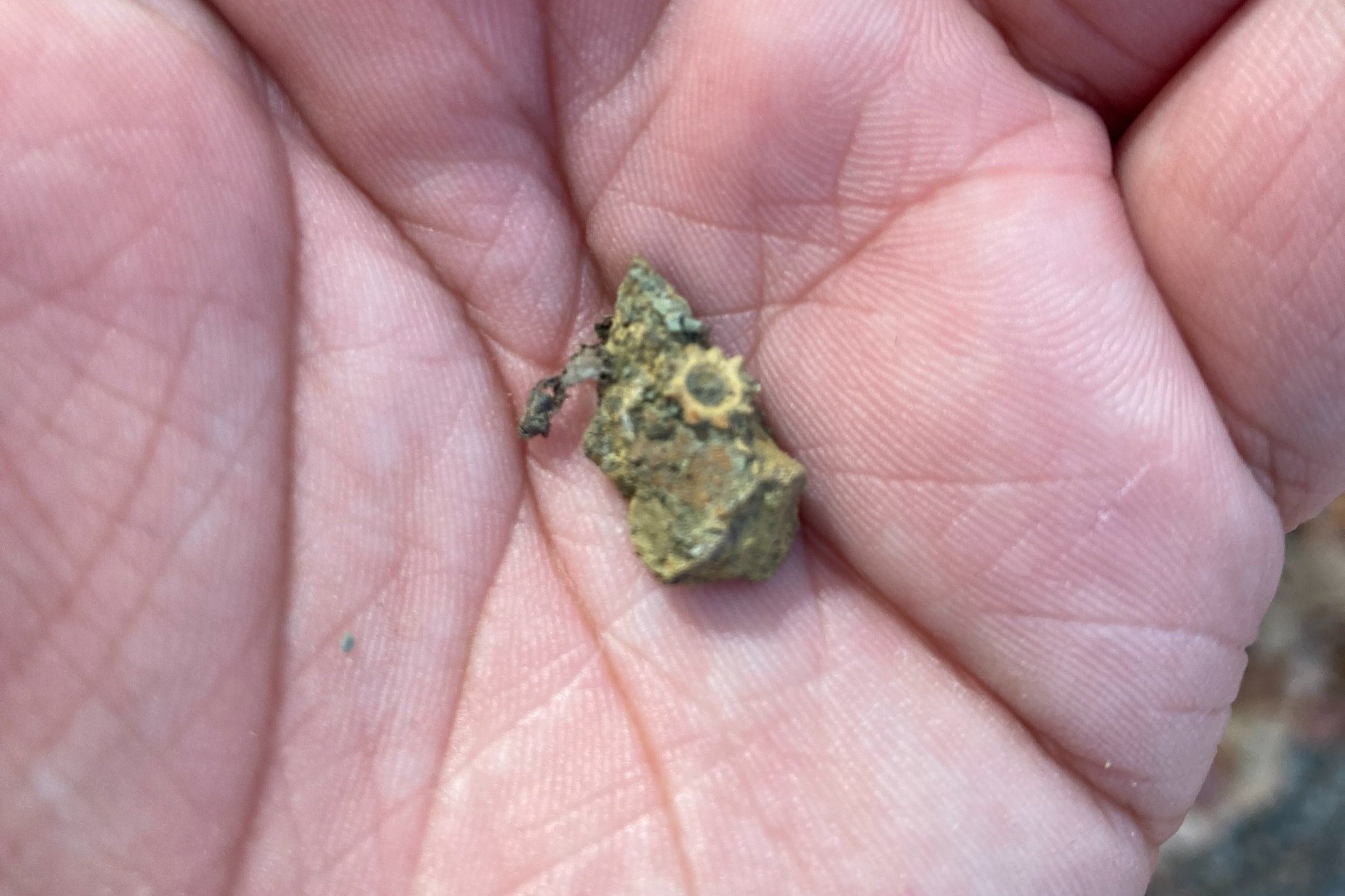
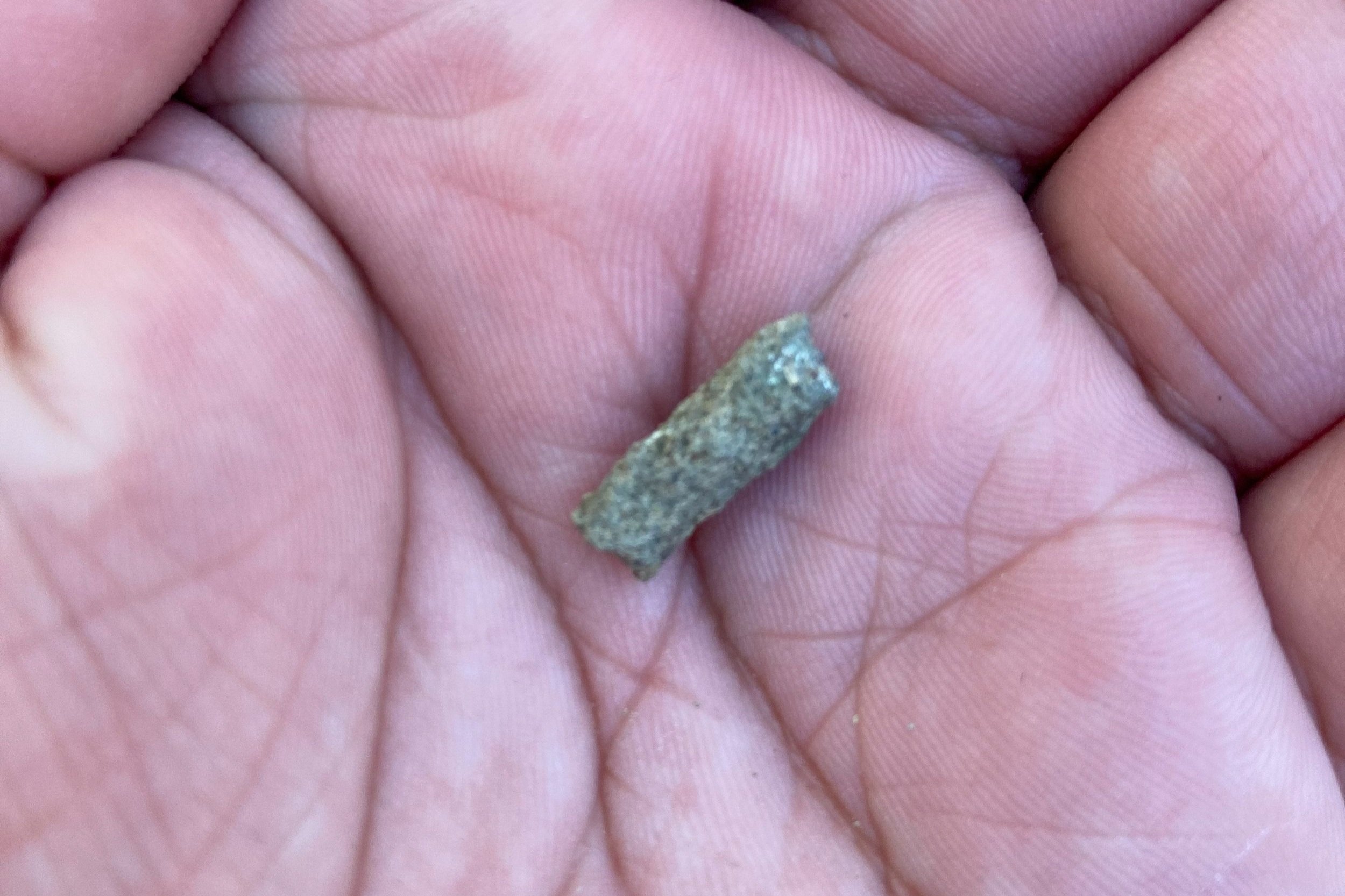
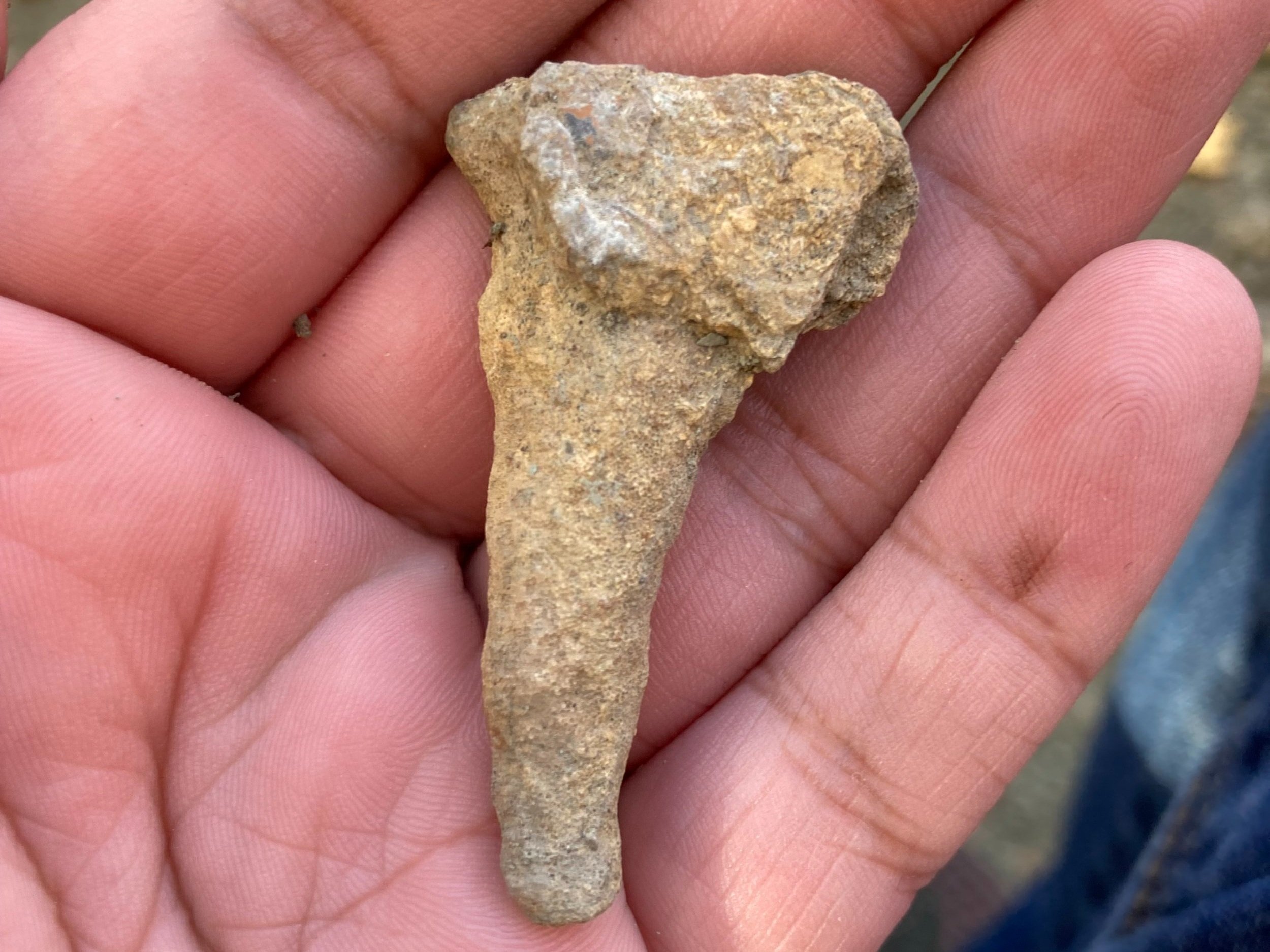
What is National Fossil Day?
National Fossil Day is dedicated to the preservation of fossils and how they are valued. Fossils mark an important time in history both scientifically and educationally. Fossils have helped not only our understanding of previous life on earth, but the geology of our earth as well. There are many dinosaur fossils on display at the Science Museum of Minnesota. Each year around National Fossil Day, Mississippi National River and Recreation Area typically plans a Fossil Hike With A Ranger at a park along the river.
What time period are these fossils from?
You might wonder if dinosaurs were around when these creatures were alive. They were not! During this period life was still evolving and creatures alive were not yet out of the water. These fossils are from the Ordovician period, which was part of the Paleozoic Era. The Paleozoic Era was made up of six different periods, including the Ordovician period. During the Ordovician tons of marine life existed such as fish, trilobites, snails, and more. As the periods progressed the marine life evolved until eventually, by the Late Devonian Era, some of that marine life could go on land.
Why can dinosaur fossils be found in other states and not in Minnesota?
The reason for this is due to the layout of the land during each Era the earth went through. During the beginning of the Paleozoic Era, there was a supercontinent called Pannotia that started to break into parts. As time went by, four continents existed during the Paleozoic Era: Gondwana, Laurentia, Baltica, and Avalonia. By the end of the Paleozoic Era the supercontinent called Pangea had formed. After that came the Mesozoic Era, which is when dinosaurs began to exist on earth. The land that we now call Minnesota was submerged under the sea during most of the Paleozoic and Mesozoic eras. Dinosaurs could not inhabit the land around this time. Although we don’t find whole dinosaur fossils in our state, we have found parts of dinosaurs such as teeth and bones from carcasses that drifted around throughout time. Fossils from the Ordovician period that can be found at Shadow Falls Park were fossilized when tectonic plates shifted, causing land to emerge from the sea. The sediment buried these living creatures and plants, causing them to fossilize and go extinct. If there was no sediment, then the creatures would not have fossilized.
Minnesota’s new state fossil
The Science Museum of Minnesota held a public vote this year to determine the state’s official fossil (we didn’t have one before)! The winner was Castoroides Ohioensis, otherwise known as the giant beaver! The first fossil of this kind was found in 1837 in Ohio, hence Castoroides Ohioensis. Another one was found in Minnesota in 1938 near the bottom of the Mississippi River’s gorge in Minneapolis. This fossil helped determine how long it took for St. Anthony Falls to get where it is and the date of where the falls could have been at the time of this animal’s death. The giant beaver was typically the size of a bear and was the largest rodent in North America. It lived during the Pleistocene period, otherwise known as the Ice Age. During this period other animals like the mammoth and Steppe bison roamed North America.
The giant beaver may be known for its size, but it has other distinct features. The brain of the giant beaver was smaller than today’s modern beaver. Scientists believe this would have limited the behavior of the giant beaver and its interaction with other animals. The giant beaver had a unique tail that wasn’t paddle-like, and its teeth were 6 inches long. The giant beaver isn’t a close relative to the modern beaver due to the difference in its size size, teeth, and tail as well as the classification that was given by scientists.
Go explore Shadow Falls Park, see the waterfall, and find fossils at the shale bed! Remember, when you explore Shadow Falls, please do not take any fossils from the site. They are educational and recreational resources for all to enjoy. Happy hunting!



